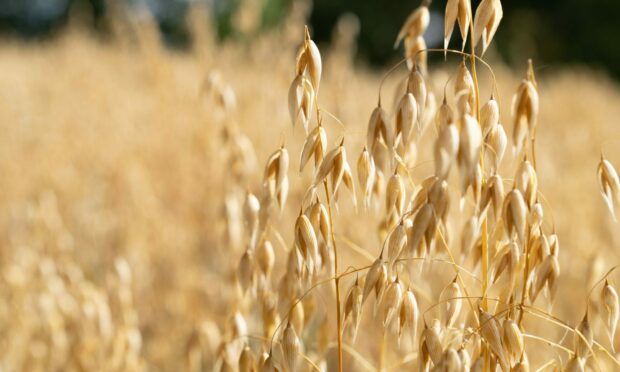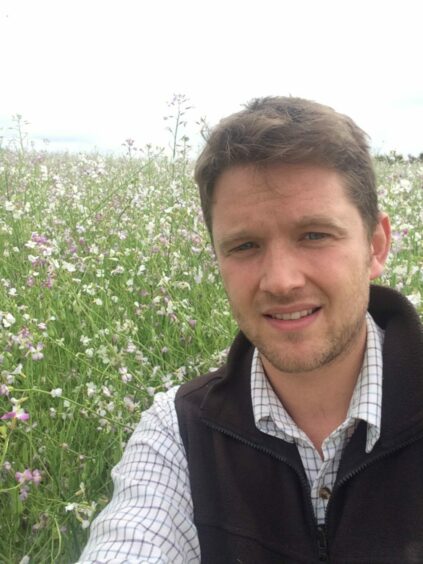Regenerative farming is much discussed as concept but it does work at scale according to a case study presented at the SAOS conference at Dunblane.
Furthermore it can provide an extra raft of environmental assurance to end customers as is the case with the oat crops grown by 4 Front Farming Group.
Matt Waldie, based at West Gilston near Leven, manages 3,000 acres of crops grown across four Fife estates. Machinery is shared, including a direct drill capable of sowing straight into standing cover crops.
Mr Waldie was unable to be present at the conference, but his story was told by fellow Fife farmer John Hutcheson, chairman of SAOS and a director of the 150 member OatCo producer group.
“I have been to see Matt’s winter oat crops and they are looking very good,” said Mr Hutcheson.
“The oats are direct drilled into a standing cover crop sown the previous May as part of an Agri-Environment and Climate Scheme (AECS). The cover crop is then sprayed off with glyphosate.
“Impressively the whole establishment process only needs around 6 litres/ha of diesel compared to between 80 litre and 100 litres per ha using a conventional system.”
Used alongside other regenerative methods
The cover crop debris disintegrates gradually without affecting the crop and as an added benefit supplies wild bird feed over the winter months.
The “blanket” effect of the debris also appears to keep the soil profile more open thus improving drainage.
Typically the oats, which are destined like all the other OatCo crops for Quaker at Cupar, will be followed in the rotation by winter wheat and then probably beans. Two cover crops can be included in rotation, which in some cases includes potatoes or carrots.
Mr Waldie uses other regenerative methods, one of which involves mob grazing a grass break with as many as 300 cattle concentrated on 40ha for a short period. A cereal crop is then direct drilled straight into the grazed sward before spraying off.
In other instances, a short duration cover crop is grown after an early harvested winter barley crop and before sowing with wheat in October.
Seed for a longer term cover costs around £40/ha with short-term cover costing £30/ ha. The 4 Front Farming Group consortium charges its members £50/ha for drilling.
Techniques that can reduce carbon emissions
Mr Hutcheson said: “Matt is showing that there are techniques that arable farmers can use that reduce carbon emissions without reducing margins.
“All OatCo growers are now undergoing LEAF accreditation; there is a benefit to Quaker Oats in using the LEAF marque because they should be able to sell more product but that feeds back to the growers in terms of increased demand.”
The economics of leaving a cover crop in place over a season depended on the availability of an AECS payment or something similar and the system depended on glyphosate continuing to be approved for use.
“As regards AECS payments it’s definitely better to have them but we are in a new price scenario now and much will depend on the relationship between cereal prices and input costs,” Mr Hutcheson added.

